When it comes to generating eye-catching visuals with DALL·E, the prompts you write make all the difference. The best dall e prompts consistently produce sharper, more creative outputs with fewer errors or oddities. This holds true whether you're using DALL·E 2 or the newer DALL·E 3, which offers greater understanding of natural language and better detail.
In this guide, we’ll cover:
- How prompt quality directly impacts DALL·E results
- Key differences between DALL·E 2 and 3 in interpreting prompts
- Best practices to compose prompts that produce high-resolution, conceptually accurate images
In this article
Understanding DALL·E Prompt Composition
Crafting effective prompts is about describing what you want with precision and creativity. Here are the essential building blocks:
- Subject Clarity and Specificity

A clear subject ("a golden retriever," "a vintage sports car") grounds DALL·E in a recognizable form. Avoid vague or multiple subjects, which can confuse the model (e.g., "a dog and a car in one image").
- Style Modifiers
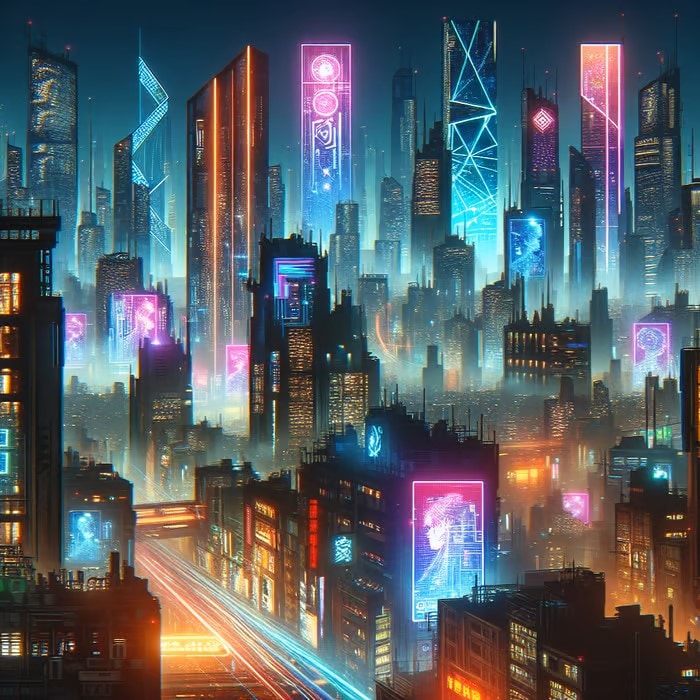
Specify the aesthetic you want—oil painting, cyberpunk, 3D render, minimalism, photorealism, paper cutout, etc. For example:
“A cyberpunk city skyline, digital painting style”
- Environmental & Lighting Descriptors

Include details about mood or lighting just as you would in real-life photography: sunset glow, soft morning light, neon reflections, foggy atmosphere, high contrast, etc.
- Camera Angle & Composition Tips
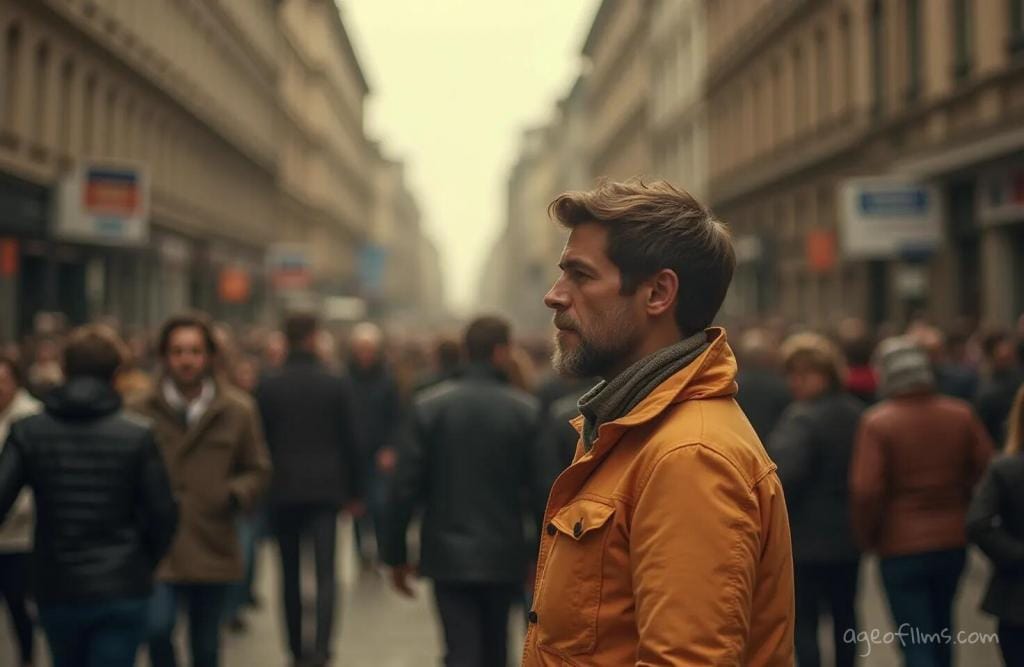
Use framing cues like “wide shot,” “close-up portrait,” “bird’s-eye view,” “depth of field,” or “rule of thirds composition.” These guide DALL·E to mimic photographic awareness.
- Common Prompt Errors to Avoid
- Vague language like “nice image”
- Overloading unrelated concepts in one prompt
- Conflicting descriptors (e.g., “dark and bright” together)
- Too short: yields generic output
- Too long: triggers confusion or irrelevant focus
Prompt Formulas That Work
Now that you understand the key components of a good DALL·E prompt, let’s talk about how to put them all together. A great prompt isn’t just about adding a bunch of buzzwords—it’s about balance, clarity, and intent.
One proven way to structure your prompt is by following a simple formula:
[Main Subject] + [Style or Format] + [Key Details] + [Lighting or Environment]
This formula helps guide DALL·E with just enough direction to generate a polished result—without overwhelming the system.
Why a Formula Helps
Using a structure keeps your prompt focused and easy for DALL·E to interpret. Instead of tossing in every idea you have, you're layering information logically: what you're describing, how it should look, and where it's placed.
Here’s how that might look:
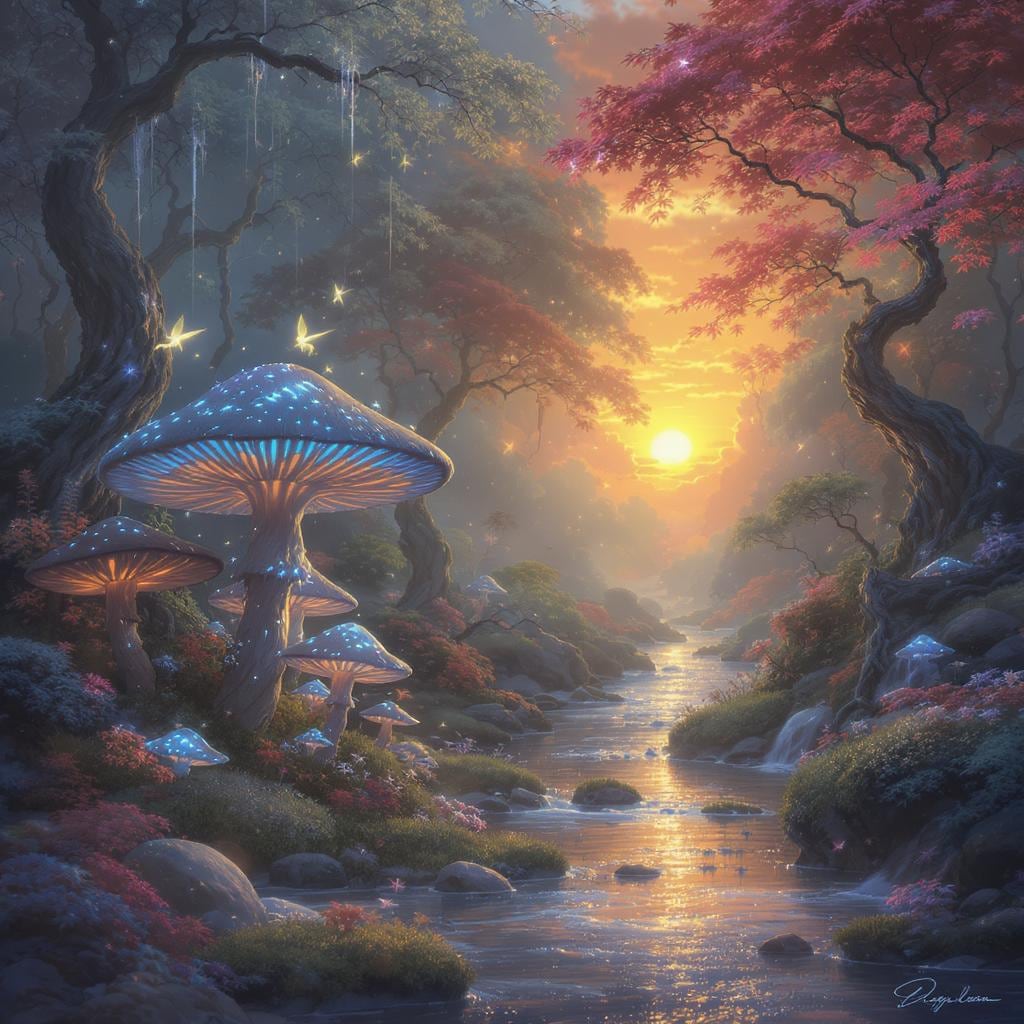
- Too vague: "A beautiful landscape"
- Too much: "A hyper-detailed forest with 12 types of trees, fairies flying, glowing mushrooms, a river, a unicorn, lightning, sunrise, and smoke…"
- Just right: "A fantasy forest with glowing mushrooms, a soft river, and fairies flying at sunset, digital painting style"
The last version gives just enough to inspire a creative image while keeping things focused.
Layering Without Overloading
Think of each layer of your prompt as a brushstroke. Add just enough to create the scene—but don’t crowd the canvas. Try to limit yourself to 2–3 key descriptors, unless you’re going for something very complex.
A helpful test: Can you picture the image in your head as you read the prompt? If not, it may need tweaking.
Prompt Template Cheat Sheet
Here’s a quick fill-in-the-blank template that works for most image types:
"A [descriptor] [subject] in a [location or setting], [style or medium], [lighting or mood]"
Example:
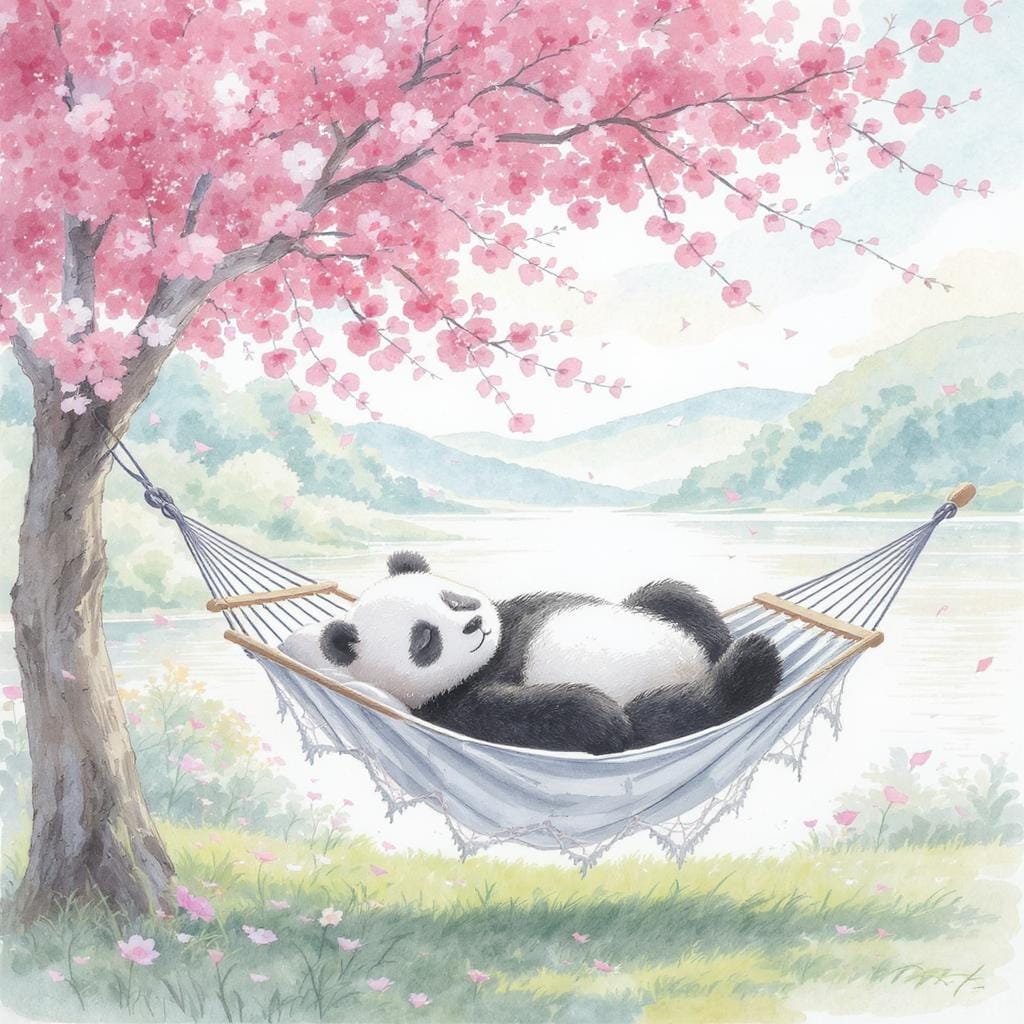
"A sleepy panda on a hammock under cherry blossoms, watercolor style, soft afternoon light"
This keeps your prompt balanced while giving DALL·E everything it needs to shine.
Prompting Tip: Balance > Buzzwords
Don’t worry about stuffing in fancy words like “hyper-realistic epic cinematic detailed render” just for the sake of it. Instead, ask yourself:
- Is my subject clear?
- Did I describe the vibe or mood?
- Did I add a visual style or context?
If you’ve done that, you’re on the right track.
Best Prompts for DALL·E 3 and DALL·E 2
Below are sample prompts that consistently yield great results—along with an explanation of why:
|
Use Case |
Prompt |
Why It Works |
|
Fantasy Creature (DALL·E 3) |
“A majestic white dragon perched on a mossy cliff overlooking a misty forest valley at dawn, detailed fantasy illustration, soft golden light” |
Specific subject, fantasy style, time of day, lighting—very descriptive and coherent. |
|
Logo (DALL·E 2) |
“Minimalist logo of a mountain peak with a crescent moon, dark navy and copper color scheme, vector style, transparent background” |
Clear branding purpose, color palette, and final output format. |
|
Everyday Object (DALL·E 3) |
“Rustic kitchen scene with fresh lavender bouquets in a mason jar, sunlight streaming through a window, photorealistic, shallow depth of field” |
Ideal for lifestyle or product imagery—detail, setting, mood. |
Good vs. Bad Prompts
Not all prompts are created equal. The difference between a blurry mess and a stunning image often comes down to how well you describe what you want. Let’s look at quick examples of what works—and what doesn’t.
Art Prompt
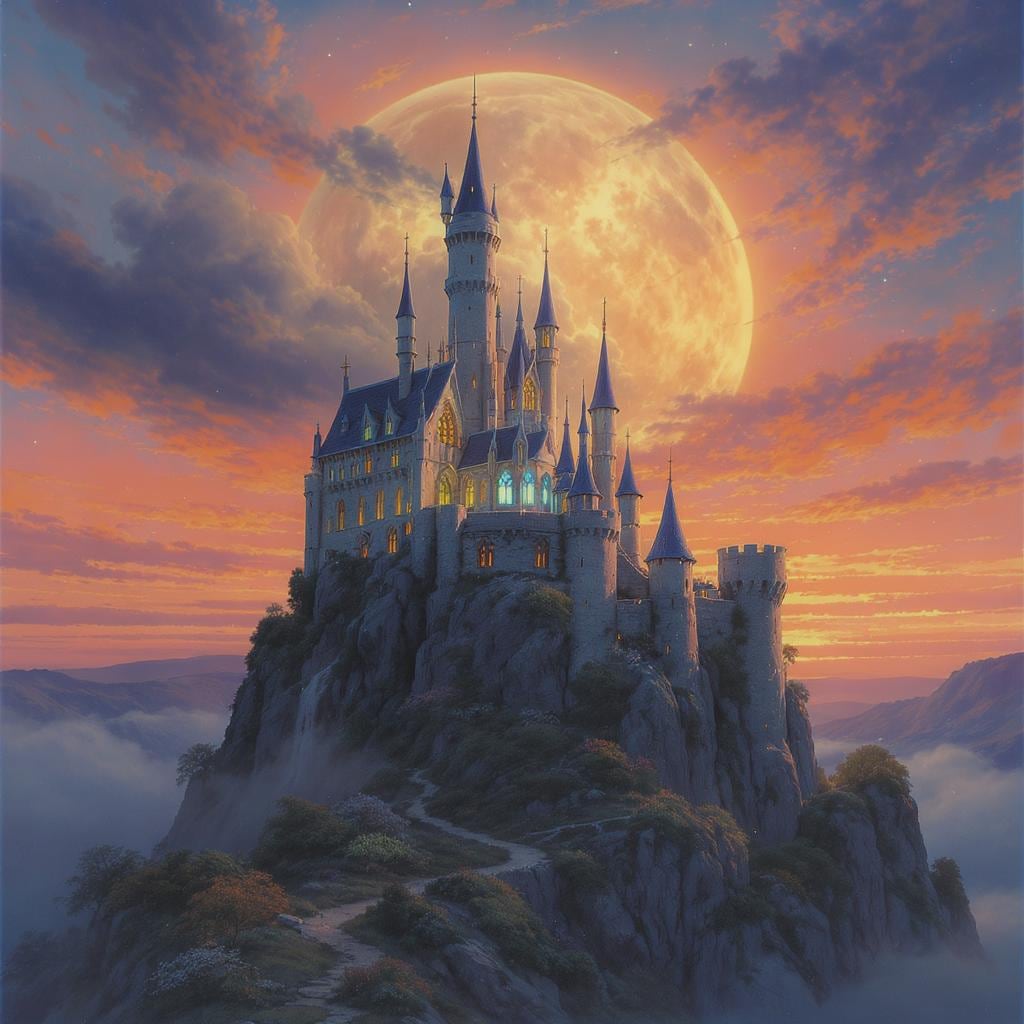
Bad: “A castle in a fantasy world”
Good: “A glowing fantasy castle on a cliff at sunset, in Studio Ghibli anime style”
Why it works: The good prompt adds mood, style, and setting—giving DALL·E a full visual direction.
Logo Prompt

Bad: “Modern tech logo”
Good: “Flat logo of a blue owl with glasses, symbolizing smart AI, vector style on white background”
Why it works: It’s precise, symbolic, and defines the format (vector).
Portrait Prompt
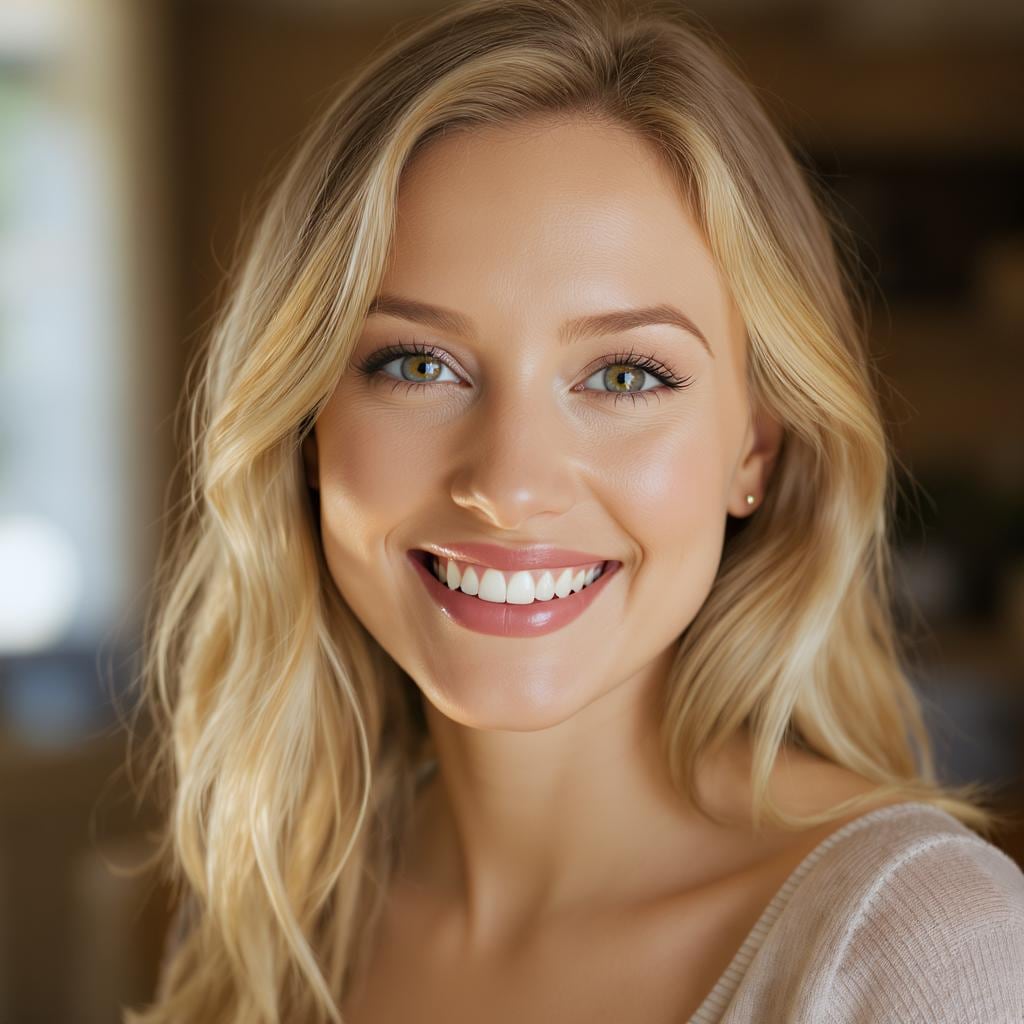
Bad: “A woman”
Good: “Close-up portrait of a smiling woman in natural light, DSLR camera, shallow depth of field”
Why it works: It includes angle, lighting, emotion, and camera style.
Quick Tip:
Too vague? DALL·E will guess and often miss.
Too detailed? It might get messy or distorted.
Aim for clear, specific, and balanced descriptions.
Tools and Resources
If you’re ready to level up your DALL·E prompting game, these tools and communities can help you get there faster. Whether you’re stuck on phrasing or want fresh inspiration, these resources are gold.
AI Prompt Generators
Staring at a blank prompt box? You’re not alone. Prompt generators like PromptHero, PromptBase, or even PromptPerfect can help you build a solid foundation. These tools auto-suggest structure, styles, and creative angles—perfect for sparking new ideas when you hit a creative block.
Pro Tip: Try combining a prompt generator's output with your own twist for a more original result.
Community-Sourced Prompt Databases
Online communities like Reddit’s r/MediaSynthesis, ArtHub.ai, and Krea.ai offer real user-generated prompts—often with attached image results. These are perfect for seeing what actually works in real use, especially for DALL·E 3.
You can search by category (fantasy, portraits, logos, etc.), tweak what others have made, or share your own.
Enhance Prompts with ChatGPT
Sometimes you know what you want—but not how to say it. That’s where ChatGPT comes in. By describing your idea in plain English, you can ask ChatGPT to turn it into a full, DALL·E-friendly prompt with layered styles, lighting, and scene cues.
Example:
“Can you turn ‘a calm dog on a mountain’ into a cinematic prompt?”
“A golden retriever lying peacefully on a rocky mountain ledge at sunrise, warm light, ultra-realistic style, soft background blur, mist rolling in the valley.”
Bonus Tip: Turn Your DALL·E Prompts into Videos with Filmora
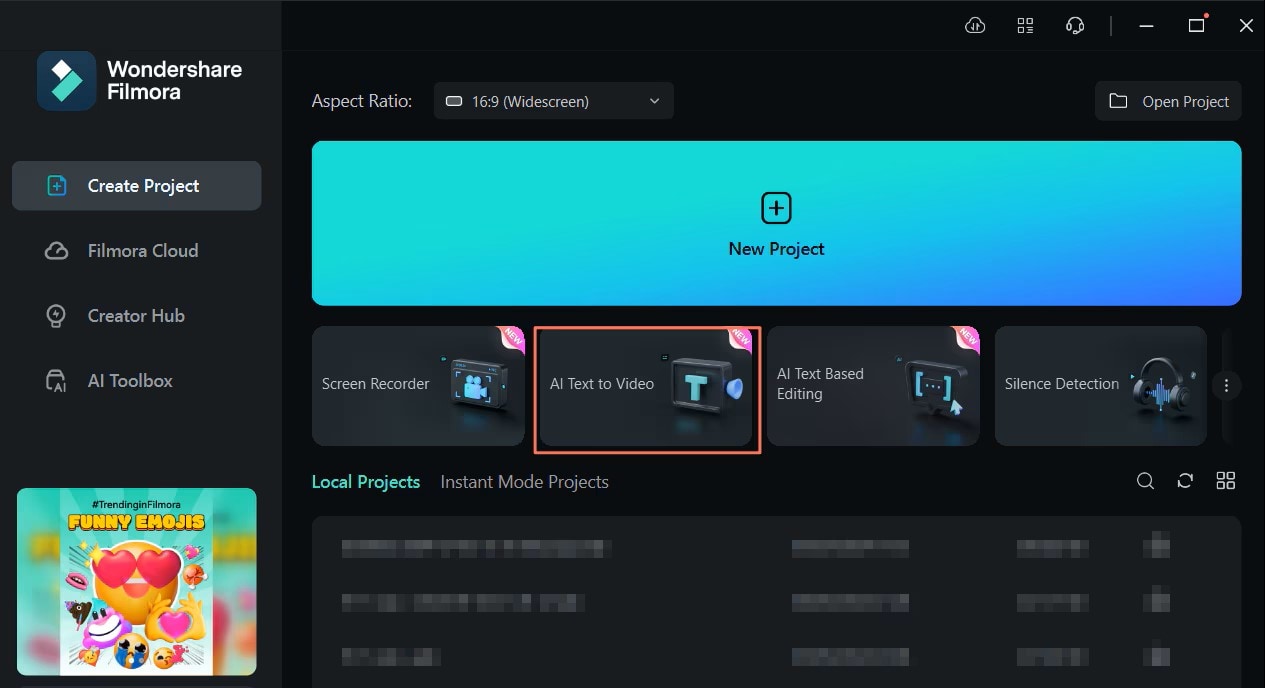
Once you've perfected your DALL·E prompts and created stunning AI-generated visuals, you don’t have to stop at static images. Wondershare Filmora lets you take those ideas to the next level with its AI Script-to-Video tool — a smart feature that turns text prompts into dynamic, short-form videos in just minutes.
Simply input your prompt or written concept, and Filmora automatically generates scenes, visuals, transitions, background music, and voiceover. You can even customize it further by dragging in your DALL·E images to use as animated assets, storyboards, or visual layers.
This is perfect for creators who:
- Want to turn DALL·E-generated concepts into animated explainers or reels
- Need fast content for TikTok, Instagram, or YouTube Shorts
- Prefer a quick, automated way to produce engaging videos with minimal editing
Wondershare Filmora combines your visual ideas with storytelling tools — making it easy to transform AI prompts into complete multimedia experiences. Whether you're showcasing a surreal dream world or a product mockup, the process is smooth, fast, and beginner-friendly.
Conclusion
Writing the best DALL·E prompts isn't about guessing—it’s about intentional wording. By using clear subjects, thoughtful styles, accurate descriptors, and tested structures, you give DALL·E the information it needs to generate stunning visuals. Whether you're using DALL·E 2 or 3, refining your prompt technique makes all the difference in final quality.
Experiment, compare versions, iterate—prompt writing is part science, part creativity, and all about having fun with visual imagination.



 100% Security Verified | No Subscription Required | No Malware
100% Security Verified | No Subscription Required | No Malware


